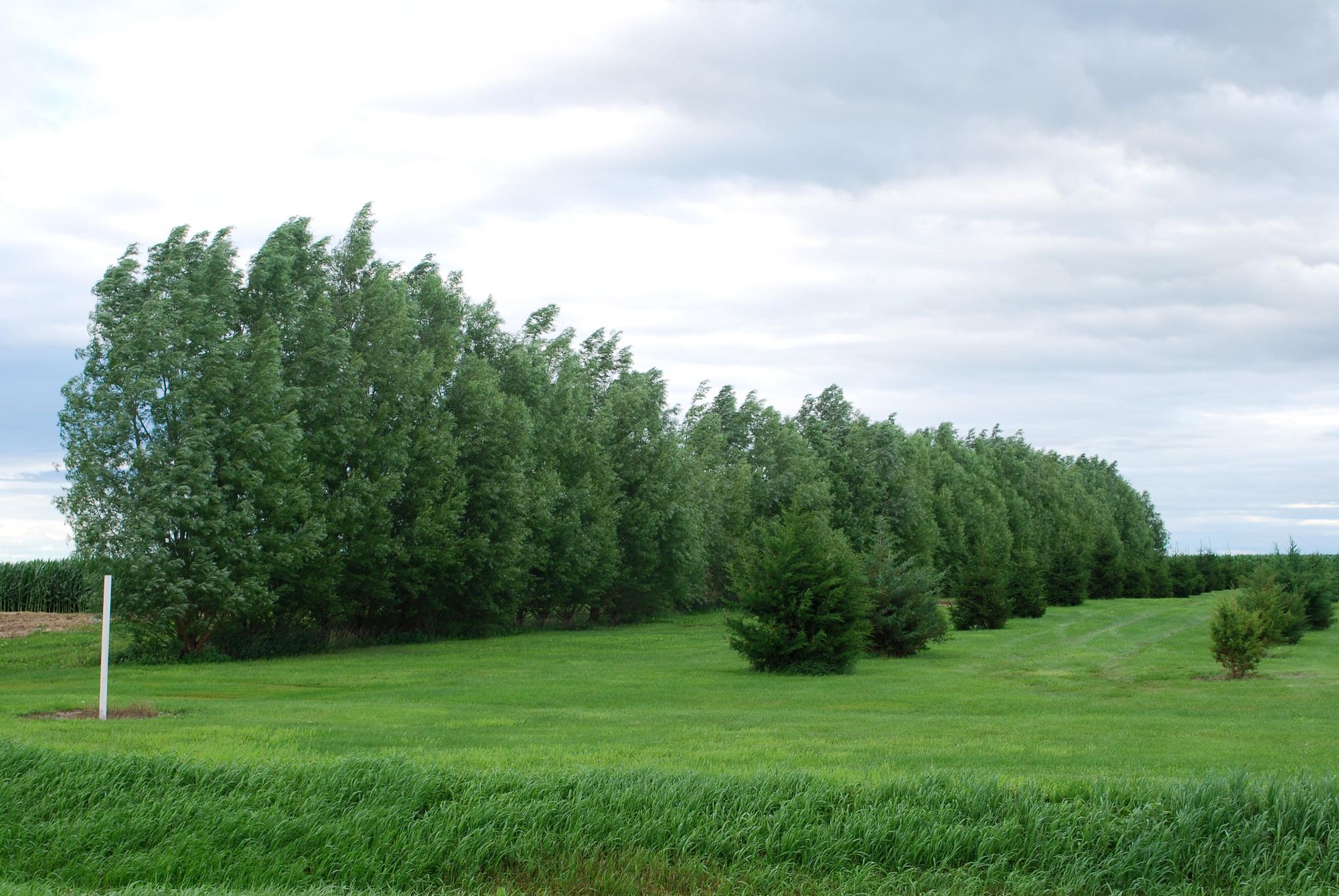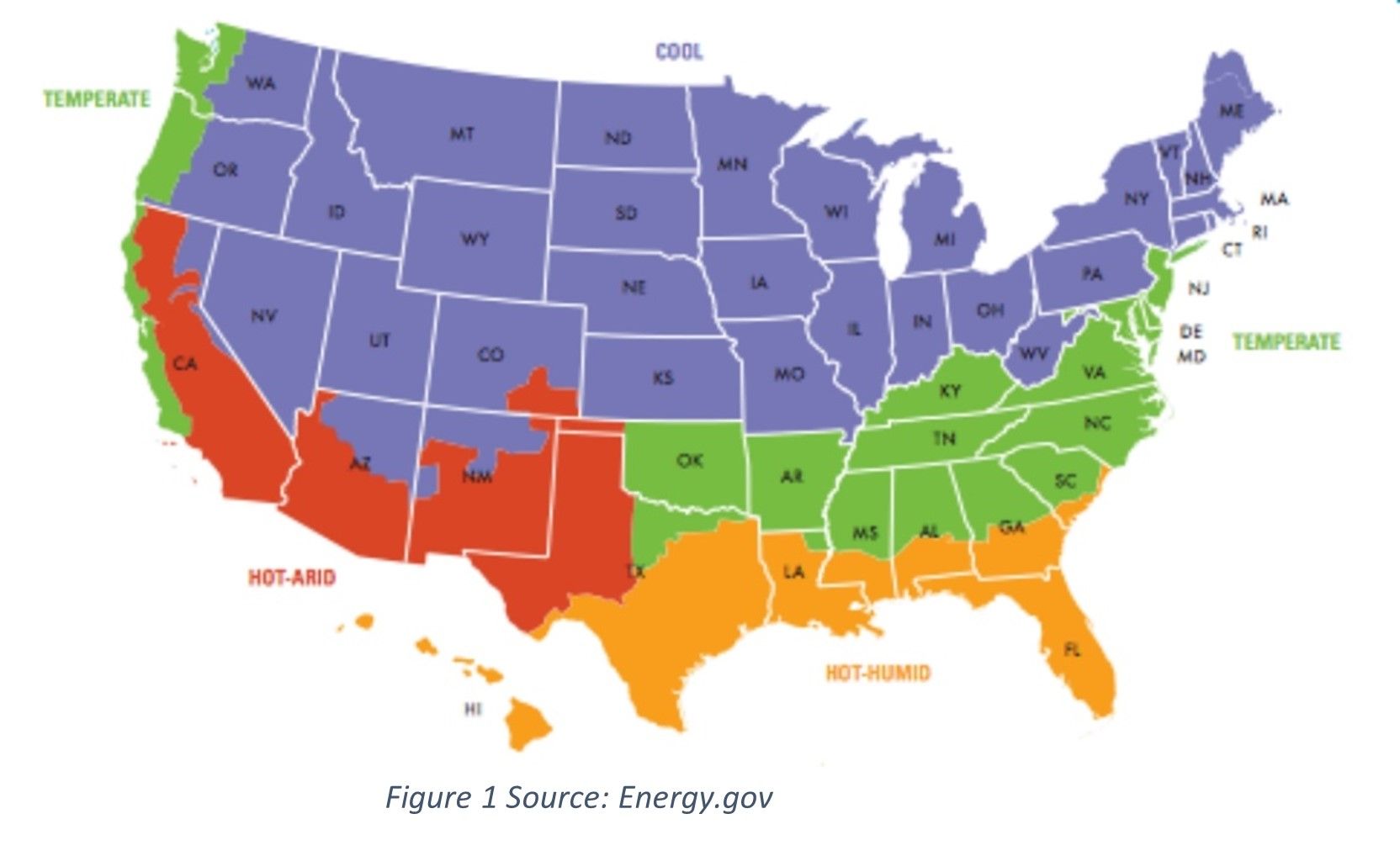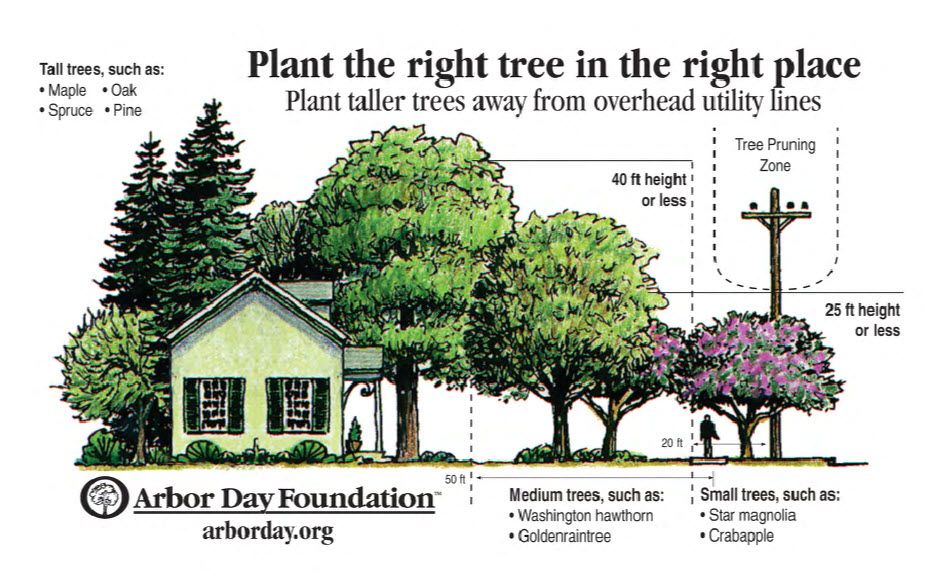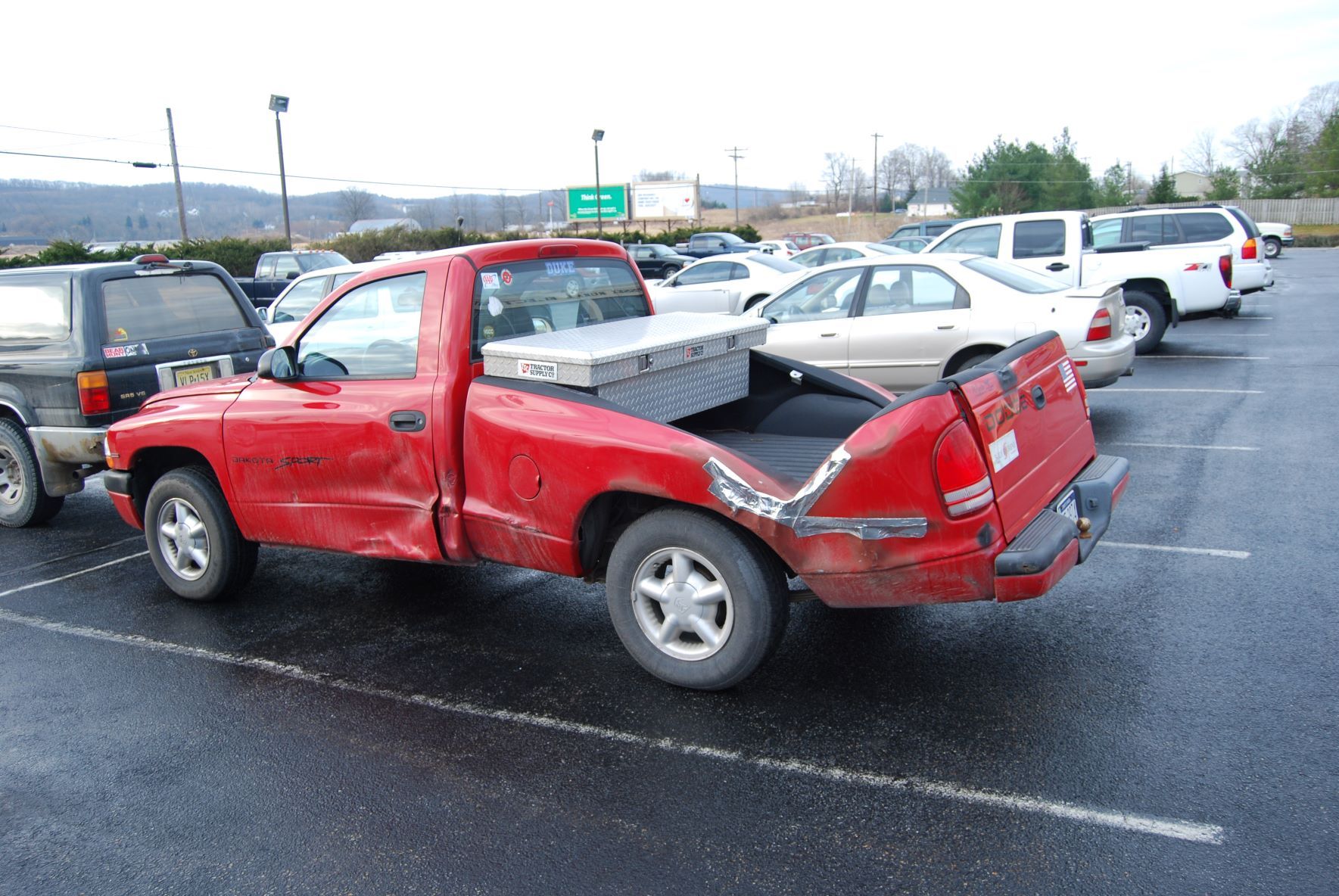Landscaping for Energy Efficiency and Conservation
Trees, shrubs, bushes and other plants can save energy and increase home security. Read on to learn how to plant the right way to achieve both benefits.

Trees, shrubs, and plants can be great aids in reducing energy consumption. And, like anything else, careful planning is needed to maximize your energy-saving benefits. Before diving into planting for energy conservation, you need to take into account what works best in your climate, or Zone. Virginia and North Carolina are all in what www.energy.gov classifies as Temperate with the majority of the country being classified as Cool.

Some may disagree with both classifications given the heat and humidity of a typical Virginia and North Carolina summer (not temperate) or the balmy Minnesota winters where frigid is a better appellation, but let’s take them at their word for these purposes.
In Temperate climates, your planting objectives are to:
· Maximize the effect of the sun in the winter (solar gain) and shade in shade the summer.
· Deflect winter winds away from the north and northwest sides of your home with windbreaks (just like pioneer days) and shrubs.
· Plant so as to tunnel breezes towards your home in the summer.
In Cool climates, your planting objectives are to:
- Use dense windbreaks to protect the home from cold winter winds.
- Allow the winter sun to reach south-facing windows.
- Shade south and west windows and walls from the direct summer sun, if summer overheating is a problem.
Steer clear of invaders
Now we can get started. First of all, consider native plants as the cornerstone of any planting endeavor. They are already adapted to your local climate and don’t require special attention once they mature. Using them eliminates the dangers of introducing an invasive species. Kudzu or dandelions, anyone? Your local nursery will have ideas and you can check here for more: http://plantnative.org/
Plant safely
No, this isn’t about wearing gloves, protective eyewear and other personal protective equipment. This safety tip refers to locating underground utilities before you dig. Digging into electric and gas lines can be downright lethal while digging into communications cables can bring mobs of angry neighbors with flaming brands and pitchforks to your doorstep if you disrupt their internet service. Yikes!
Avoiding injury, inconvenience and costly repairs is as easy as calling 811. Each public utility in the country offers this free service but sometimes they tweak the contact method. To be sure of the procedure for your State, check out the national Call Before You Dig website. You’ll need to give them a few days, so plan your planting accordingly.
Trees
Alert…more rules for the peaceful coexistence of trees and overhead utilities. When trees grow into powerlines, nothing good results. At the best, your utility trims your tree in an awful fashion. At worst, the connection can send electricity into the ground, creating a dangerous situation for all. The Arbor Day Foundation provides excellent distancing guidelines. Who knew landscaping was so complicated?

Note: What follows is an unsolicited plug for the Arbor Day Foundation, I am a non-compensated talent:>) Consider joining this organization today and support trees! Even though trees broke my neck, smashed my pickup truck and fell on my house, I still support this organization.

Now, where were we? Oh yeah, planting trees. Pick a spot to plant them where they will provide the right amount of shade in the summer based on the orientation of your home relative to the path of the sun. Make sure you put them far enough away from your home so that when they reach their mature height and diameter their roots don’t threaten your foundation and their limbs won’t fall on your roof. Also, be sure to plant them so they won’t interfere with either overhead or underground utilities.
Considering a windbreak to block winter winds? Planting trees in this manner can also provide a large measure of privacy to your property. They can also mask sounds and provide a habitat for a range of animals and birds. Evergreen trees are popular for breaks and privacy since they retain their foliage all year.
Shrubbery, we want a shrubbery!
Monty Python fans will recognize this expression, one of the troupe’s funniest. Refresh your memory with this YouTube video. Break’s over, now back to planting!
Shrubs planted close to your home can contribute to energy savings by blocking portions of your home from the effects of heat and cold. They can provide shade in the summer and act a bit like a snow fence in winter, trapping snow away from your home. Care in selection and placement here is also required. Be sure the mature plant will remain at least one foot away from your home to eliminate potential issues from mold and moisture becoming trapped. Planting this way can also create a tunnel effect that allows wind to move around your home cooling and drying it.
Security tip: Do not plant bushes or shrubs under windows that will grow tall enough to block the window. In addition to spoiling your views, large plants provide perfect cover for ne’er-do-wells intent on burglar-ing your homestead. Instead, plant lower growing plants with lots of nasty thorns and stickers like barberry and hawthorn. Read more security tips here.
Other planting options
Ground covers are useful as a means of reducing heat radiation. Rocks and mulch next to your home may be visually appealing but rocks especially can absorb and re-radiate heat at your home. Plan their use with care to avoid this possibility. Living ground covers reduce this re-radiation effect.
Vines can provide a number of benefits in terms of shading but be careful about letting them grow directly on your home itself. As they grow, moisture can become trapped beneath their vegetation creating mold, mildew and the potential for rot.
If you want to use vines, plant them on a trellis. This is a perfect solution around a patio and can be very effective adjacent to your home. The trellis acts as a standoff keeping the vines from damaging the house itself, creating the tunnel effect mentioned before.
Thoughtfully done, landscaping can add beauty and reduce your energy bill. And bolster your security in the process. What a great combination.
More resources:




